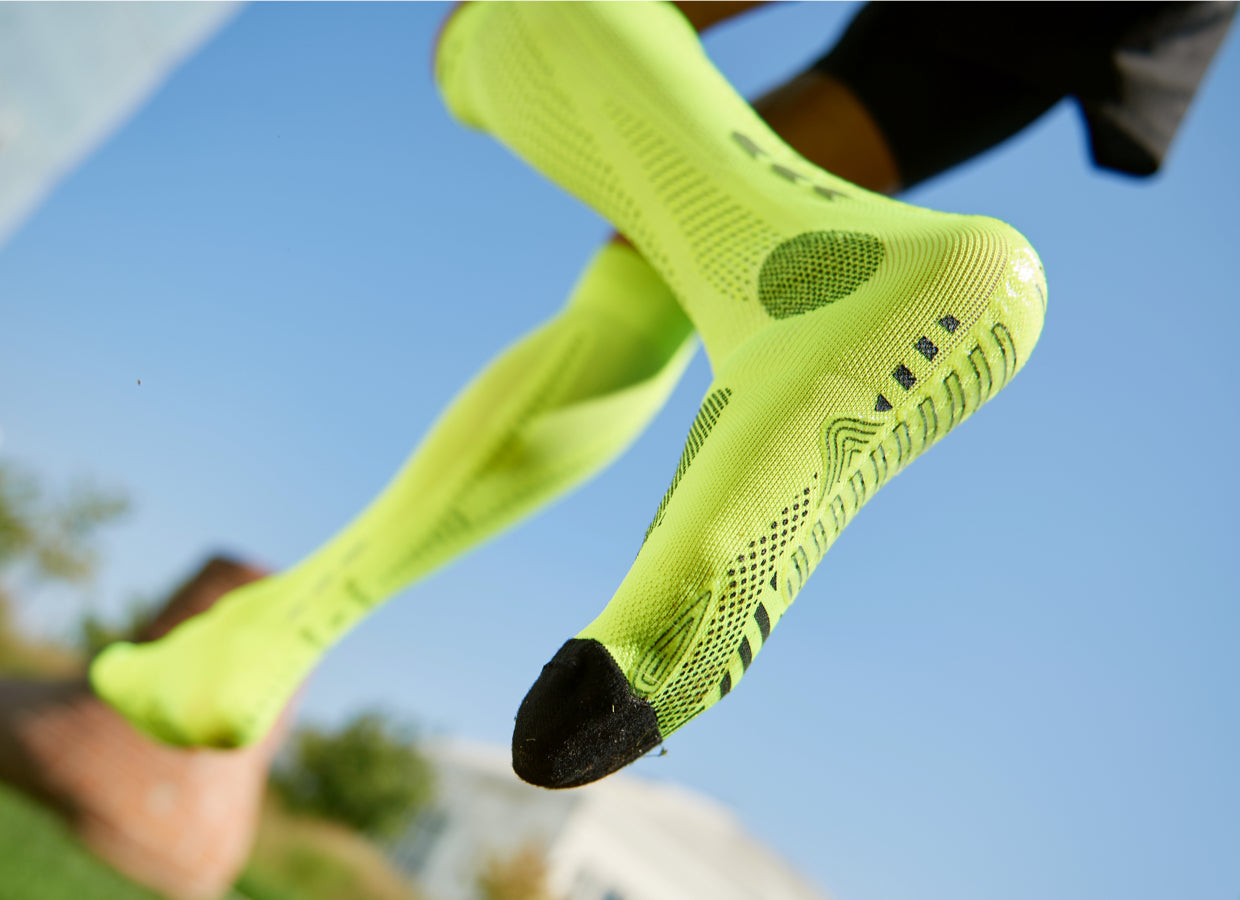Introduction
When training in any sport, it's crucial not to neglect the recovery days between sessions. This is essential to restore homeostasis in the body's physiological systems. In other words, it replenishes the fluids lost during exercise, restores depleted energy substrates, and repairs damaged tissues, returning physiological values such as body temperature and cardiovascular function to baseline levels. For sports that aim for it, recovery also allows for supercompensation, meaning an increase in muscle mass.
All of this must occur before the next training session: recovery programs should be well designed to maximize training and create an adaptation system.
Active or Passive Recovery: What's the Difference?
Right after a training session, it's important to enjoy a well-deserved rest to prepare for the next session. How muscle recovery post-workout should be configured depends on a wide range of factors, including the type of sport and individual goals. Essentially, there are two types of recovery: active recovery and passive recovery.
Active muscle recovery involves integrating various low-intensity physical activities, performed consistently and cyclically in relation to high-intensity training, to promote blood flow to the muscles, speed up the recovery process, and maximize the results of the next training session. It is suitable for capacity and power training of aerobic metabolism.
Passive muscle recovery, on the other hand, requires minimizing physical activity, allowing the muscles to rest. It tends to lengthen the recovery time and lactate clearance, while phosphocreatine recovers more quickly. It is suitable for speed, strength, and power training of anaerobic metabolism.
The Benefits of Choosing Active Recovery for Running and Other Sports
Given the compatibility of the type of recovery with certain types of training, which are not universal laws but only guidelines, let's analyze why active post-workout recovery can be highly beneficial for an athlete:
- Increased Blood Flow: Due to minimal effort during the active recovery phase, blood flow to the muscles slightly increases, bringing more nutrients and improving muscle regeneration.
- Reduction of Muscle Soreness: Muscles that are more oxygenated and enriched with nutrients accelerate the overcoming of fatigue and soreness, often mistakenly linked to lactic acid.
- Improvement of Mood and Motivation: The hormonal release following a training session, even if brief and light like those characterizing active recovery, positively affects mood.
Suitable Physical Activities During Active Recovery
Anything that is light, repetitive, almost mechanical, but activates muscles and joints is excellent for the active recovery phase. Some examples of physical activity that can be performed daily include:
- A light walk, without exceeding 140 beats per minute, activates the muscles with the right intensity.
- A 20-30 minute yoga session, especially relaxing and gentle like yin yoga, which has the added benefit of stretching the muscles.
- Simple stretching exercises, especially when combined with the use of a foam roller to massage irritated and overloaded muscles.
- A massage that promotes blood circulation, targeted at the areas trained in the previous days.
- A light and dynamic mobility training session, preparing the body for the next training and preventing injuries.
Speeding Up Active Recovery with FLOKY's RE-CHARGE
Active recovery can benefit from some extra support that, without adding effort, helps muscles regenerate and prepare for the next training session. In addition to small measures like cooling down, stretching, balanced nutrition, and proper hydration, unexpected help comes from biomechanics, the science that studies human movement. It is precisely the principles of biomechanics that gave birth to RE-CHARGE, the specific sock for post-training or post-race recovery.
RE-CHARGE provides an enhancing and regenerative support of all biomechanical functions related to tendons and muscles of the foot and leg, enabling the activation of venous return and faster oxygenation of muscles. It helps eliminate toxins, regenerate muscle, and relieve tendons from overload and inflammation. It provides stability, support for the natural movement of the foot, and localized compression that activates deep vein squeezing to eliminate toxins.




